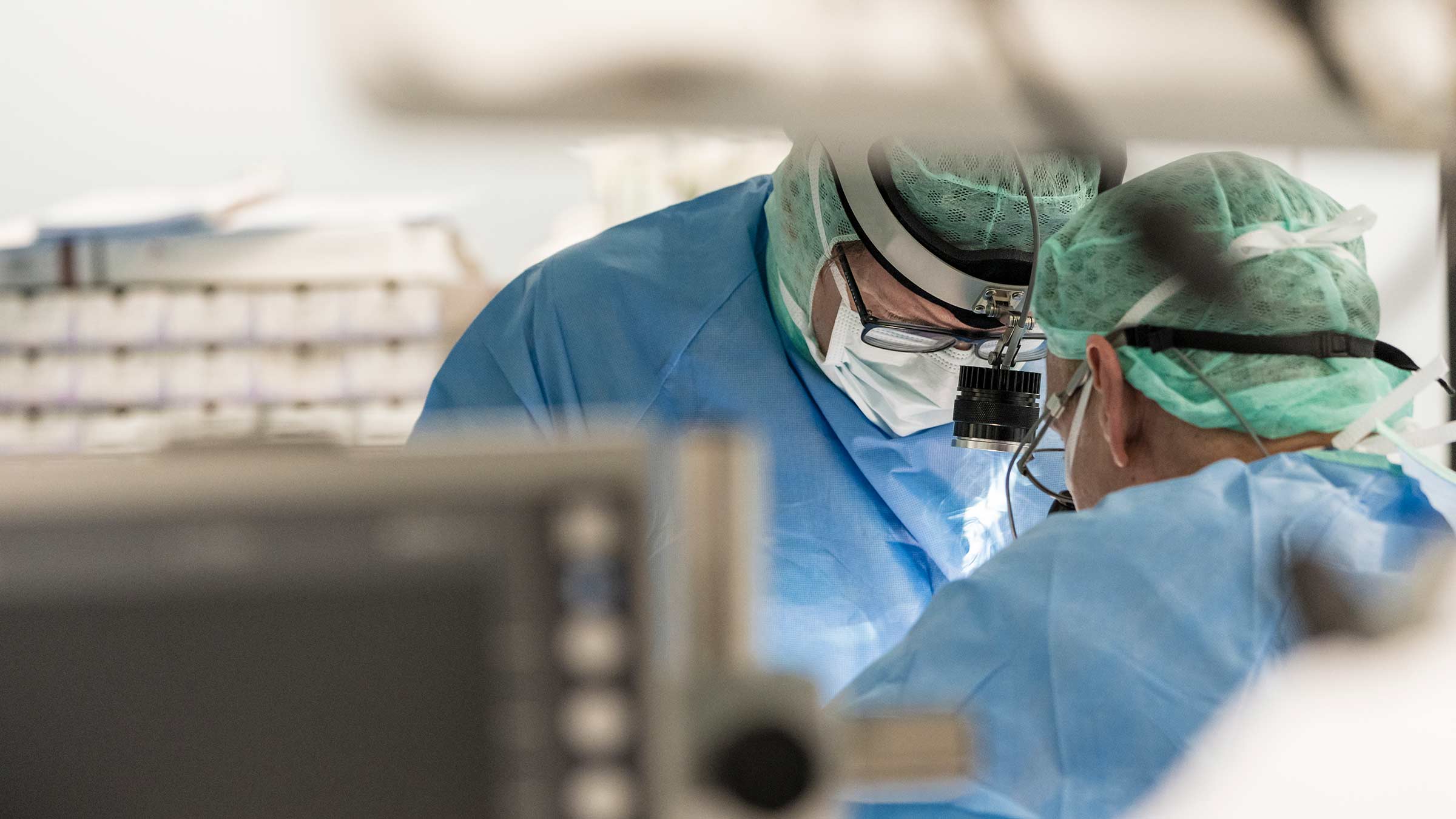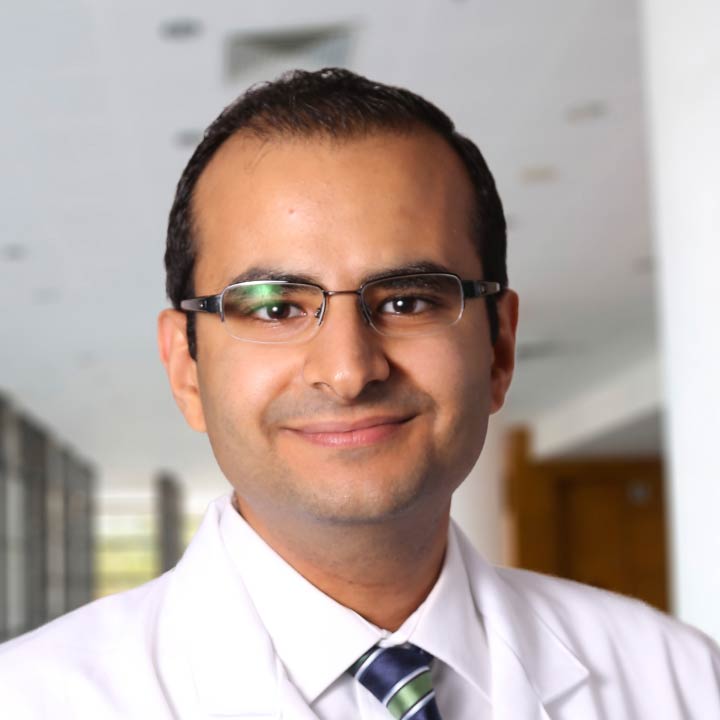
For cancer patients, treatment has traditionally fallen into three main pillars: medical oncology, surgical oncology and radiation oncology.
In addition to traditional surgery, chemotherapy and radiation, a fourth pillar of cancer care — interventional radiology — has emerged in recent years as an effective and promising approach to cancer therapy. One way this minimally invasive approach delivers treatment is directly to the affected area of a patient’s body through a blood vessel via a small incision in the groin or arm.
For some liver cancer patients, a specific type of this interventional oncology treatment uses Y90 to treat their disease and can offer a promising therapeutic in just a few visits.
What is Y90?
Y90 radioembolization is a treatment that involves injecting a substance into blood vessels that feed liver tumors, killing the cancer. The substance, yttrium-90, is a radioactive isotope that is inserted into glass beads.
An interventional radiologist uses tiny catheters to deliver those glass beads directly to the relevant vessels, directing the treatment into the tumor.
Watch Dr. Makary explain the procedure
What are some of the benefits of a Y90 procedure?
Interventional radiology often offers numerous benefits.
- It’s highly effective in the appropriate patient and, if needed, can bridge patients to other treatments, such as surgery or transplantation.
- Because the radiation is targeted, there is minimal risk to other organs.
- It can be curative (radiation segmentectomy).
- It’s an outpatient procedure with minimal recovery time — patients can return to their daily activities shortly afterward.
It’s clear that we need more options for liver cancer treatment. The American Cancer Society estimates that more than 42,000 people will be diagnosed with the disease this year, and that more than two-thirds of them will eventually die of it.
What happens if I’m a candidate for Y90?
Not everyone is a candidate for Y90. It depends on a variety of factors, including the stage of cancer, the location of the tumor and the goal of treatment. But for those who are eligible, the procedure is administered over the course of two appointments a few days apart.
The first is a sort of trial run. We’ll make a small incision and use catheters to inspect the relevant areas in the liver where we’ll later inject Y90. We will inject contrast and a test agent, then use X-rays and other scans to ensure that the treatment with Y90 is safe.
In the overwhelming majority of cases (at least 95% of the patients I’ve treated), the results of the first appointment affirm that we’re clear to proceed with the treatment. We’ll bring you back a few days later to have the actual Y90 procedure performed, then send you home with a small bandage over the incision point.
This is an established procedure that is covered by insurance in many cases, but always check with your provider.
Why should I consider Ohio State for Y90?
While Y90 is a simple process for the patient, a high level of expertise is necessary to perform it.
The Ohio State University Wexner Medical Center is recognized for its excellence for this treatment because of our skilled physician expertise, advanced procedural technology and collaborative treatment teams during, before and after treatment. We offer the best and most advanced version of this procedure and have been performing it for years, and we continue to support research and innovation in this area.

The choice is clear
Our experts develop and deliver the most advanced targeted treatments leading to better outcomes and more hope.
Learn More




